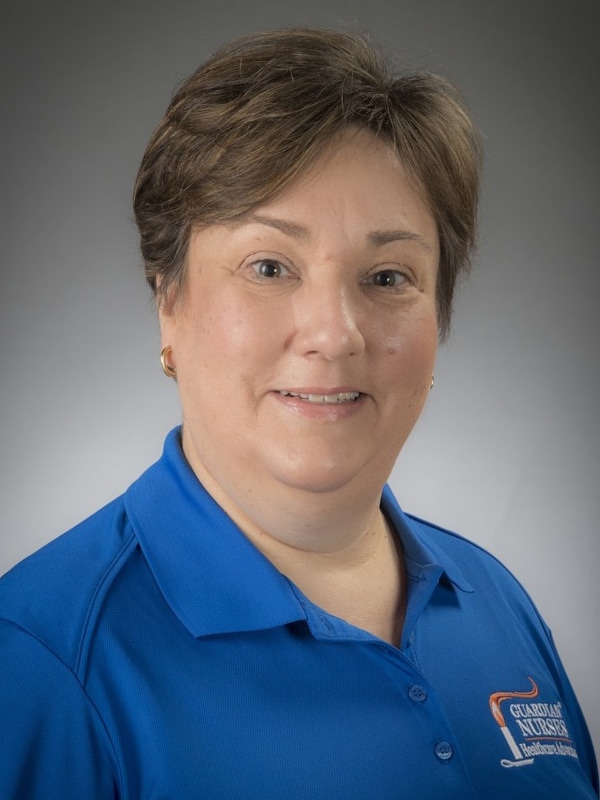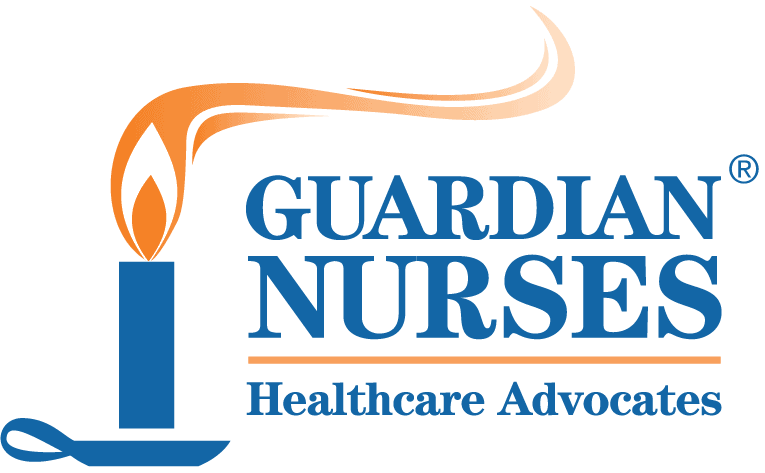In addition to the obvious physical and emotional hardships, cancer can place an immense financial burden on patients and their families. This phenomenon, known as financial toxicity, can be almost as harmful as the illness itself, draining resources and adding stress to an already challenging situation.

“They spent their entire lives working hard and being financially responsible,” explains Nurse Prater. “And that’s been wiped out. The patient, who’s in her early 60s, can no longer work and does not drive. Medical and travel expenses have forced her and her husband to deplete their savings, use credit cards to pay off other credit cards, and even dip into retirement funds.”
Co-pays have proven especially challenging for the couple. “While it’s great that we now have lots of treatments, medicines, and specialists that can help people with cancer, the co-pays add up very quickly at $50 or $80 each visit. It was getting to the point that this patient was canceling doctors’ appointments because she was concerned about the financial strain co-pays were having on her family. Unfortunately, this isn’t uncommon for people with cancer and chronic illnesses.”
Since 2023, Nurse Prater has dedicated her quieter moments at work to seeking out grants and programs that could help the patient.
“There are several foundations out there, but many have stringent eligibility criteria, often tailored to very specific cancer types or personal circumstances,” she says. “For instance, some foundations provide support only to breast cancer patients with very young children, while others are restricted to small geographic areas, or income levels. Even if you do qualify, the need is so great that funds get tapped out quickly and so timing is important, too. Sometimes funds get replenished — and I made sure to sign up for notifications of any funds opening again.”
After countless hours of research and numerous applications, small victories started to accumulate. “I was able to secure a one-time utility payment of $300, $250 for a water bill, $300 for general expenses, and $100 for fresh produce from a local farmers market,” says Nurse Prater. “These contributions, though helpful, were one-time deals, providing temporary relief but not addressing the ongoing financial problems.”
The breakthrough came when Nurse Prater received a notification that a Health Equity Fund had opened for applications. “This fund, aimed at addressing social inequities in healthcare, was available to residents in certain areas, including the neighborhood where the patient lives. I filled out the application and she received $4,500. Then, after submitting validation from her medical team, she was granted an additional $7,000 in assistance.”
This significant lifeline of $11,500 is designated for copay assistance. Instead of worrying about more credit card bills, the patient can give the provider a code so the fund will be invoiced. “It covers pharmacy expenses, chemotherapy sessions, and doctor appointments,” Nurse Prater explains. “And now the patient can go to all the recommended appointments. It gives her and her husband a chance to catch up on bills and general living expenses. She can also focus more on her health and well-being.”
Nurse Prater’s Advice: For those facing similar challenges, we encourage exploring local and national resources tailored to specific needs and circumstances.
There are resources out there, it’s just a matter of persistence. Keep checking and rechecking. Don’t get discouraged and keep pushing. The assistance is there — it’s only a matter of uncovering the right program, at the right time.
Beyond direct financial aid, we explored other support avenues. The American Cancer Society’s “Road to Recovery” program is a valuable resource. This volunteer-driven initiative offers free rides to and from cancer-related appointments, ensuring patients can access the care they need. Learn more at cancer.org.

